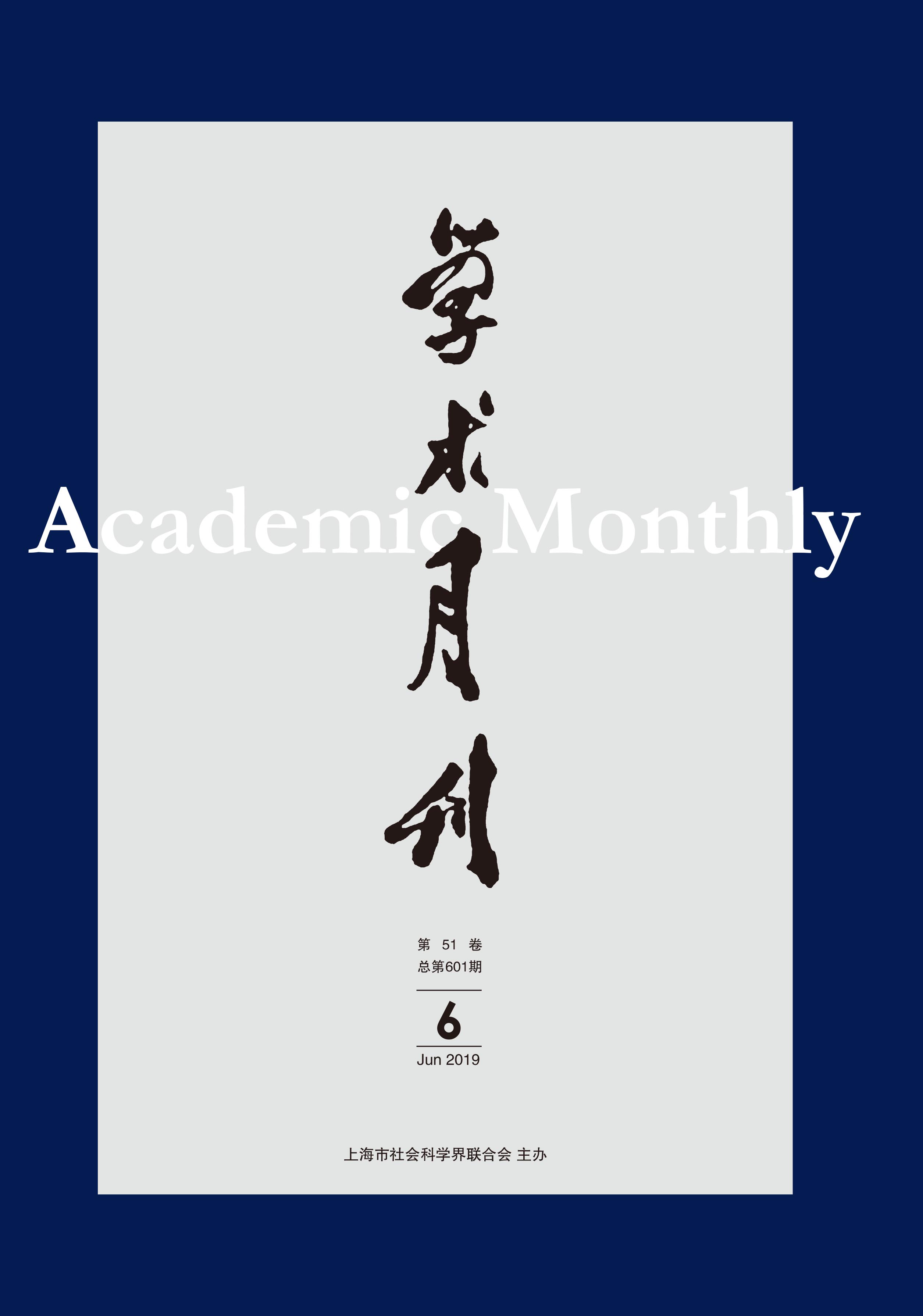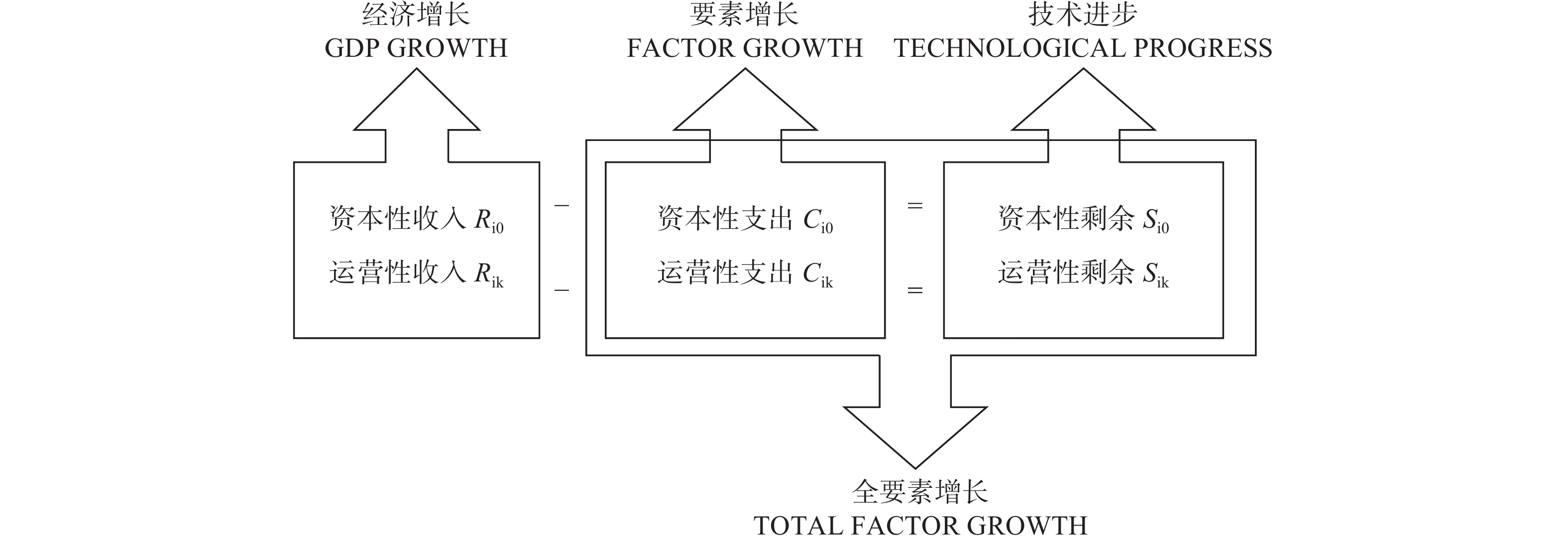The Transition from High-speed to the High-quality of China’s Urbanization
- Available Online: 2019-06-01
Abstract: China’s economy development should shift from a stage of high-speed to a stage of high-quality, This is an important judgment made by the report on the 19th National Congress of the Communist Party of China (CPC) about the basic characteristics of the current Chinese economy. For the economic implication of high-speed development, whether it succeeds or fails, it need not be explained further. But as for what is high-quality development, the exploration from theory to practice may just begin. Basing on the classical economic growth theory, this paper constructs a two-stage dynamic economic growth model, including capital growth and cash flow growth, the model is applicable to micro-meso-macro economics. Since capital is a discount to future earnings, it is essentially a debt, this paper puts forward the irreplaceable principle that capital and cash flow cannot replace each other in the process of economic growth. On this basis, the traditional growth relying on surplus accumulation in the past and the modern growth relying on discount of future earnings are distinguished. Combined with the local government’s behavior of land finance and capital creation in the urbanization process of China, this paper summarizes the logic of China’s reform and development in the past 40 years. In the middle and late stage of China’s urbanization, the transformation of China’s urbanization needs to change from the previous capital growth to cash flow growth. So this is also the economic implication of the transformation of China’s economy from high-speed growth to high-quality development.




 沪公网安备 31010102003103号
沪公网安备 31010102003103号 DownLoad:
DownLoad:
